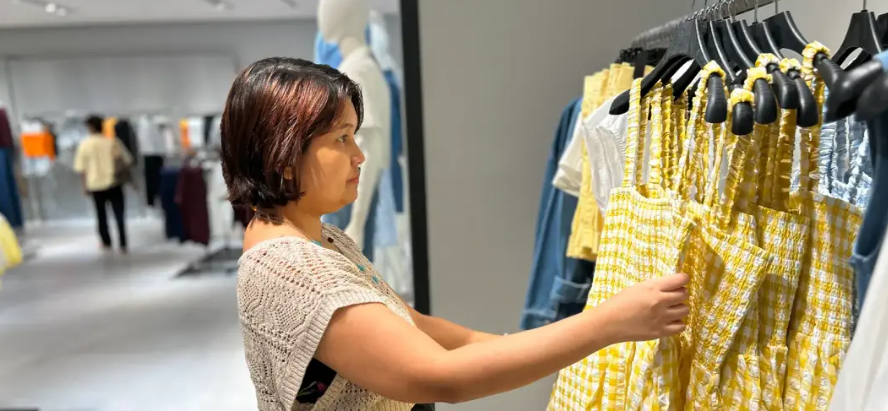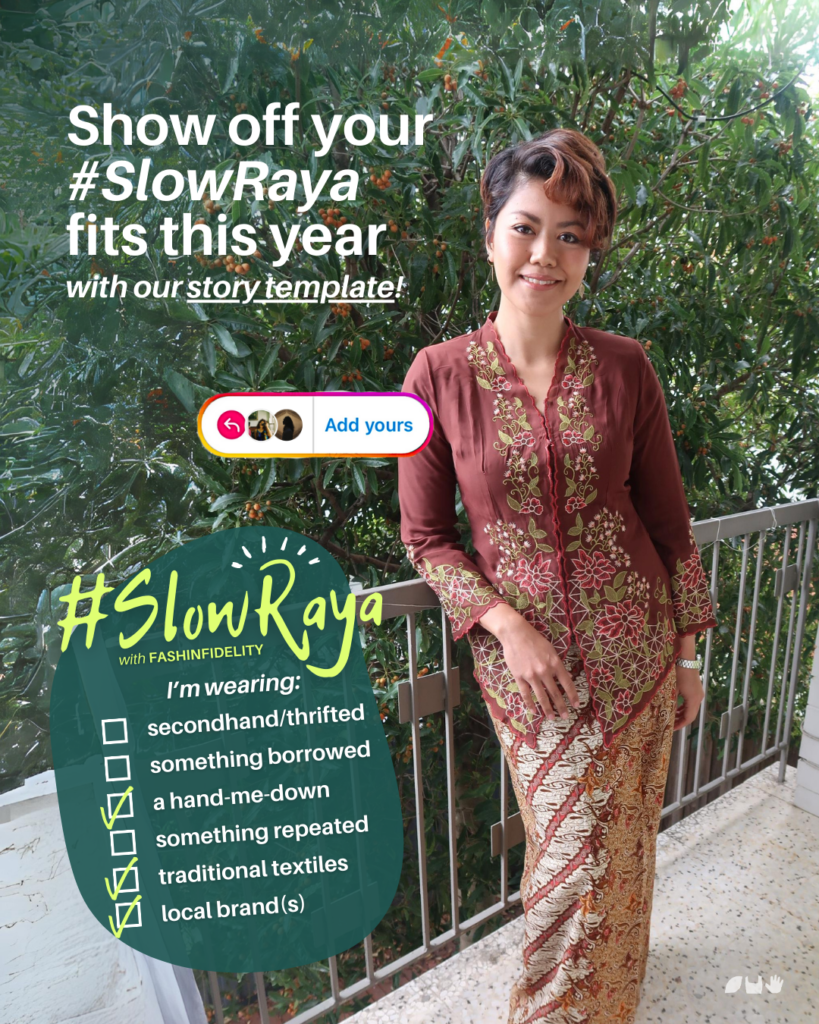Part 3 of 4
895 words; 4 min read.

Award-winning Memomi smart mirror.
Problem no. 3: Technology and R&D
If you’ve been following this series on 4 macrotrends that’s affecting fashion, you’d know by now that fashion has always had a hard time dealing with demand volatility and in today’s market, there’s extra pressures on getting radical transparency right, because this adds to consumer demand.
This article is part of a series of deconstructing a massive global industry into areas for disruption on the road to #sustainability, by spotlighting 4 macrotrends in fashion’s supply chain that we can tackle, right now.
Try to imagine this fact for a moment: the way we make clothes hasn’t really changed much in more than a century. We still grow cotton, pick them, turn them into yarn, then textile… and with the exception of mechanised ways to do this, the whole process remains the same.
The same goes for the way we recycle them.
Of course, in the last few decades we’ve introduced synthetics into the textiles mix (which trace back all the way to the discovery of nylon and the pantyhose, if you must know), and technology has enabled us to make yarns quicker, our looms more intricate, and our weaves stronger.
This has made our runners run faster, our athletes break their sweats better, and warmth, coolness, aesthetics, and comfort achieved at many differing price points to suit all sorts of consumers.
What’s been missing in this ‘chase’ to ‘democratise’ fashion to the masses is the element of circularity and end-of-life thinking.
Hence, recycling fibres at scale is, to this day, non-existent.

Source: McKinsey Apparel CPO Survey 2019
How’s this for a fact? Fashion, textiles and apparel, with all the successes that’s come from the last 30 or so years since the age of internet industrialisation, has spent less than 1% (according to this UK statistic) of net sales, back into R&D – research and development. That is abysmal! Compare this to the proportion of net sales being pumped in to R&D in other industries – consumer electronics and communication equipment at 39%, pharmaceuticals at 36%, refined petroleum and coke products at 10%. Even motor vehicles and parts and chemicals and chemical products fare better, at 4.9% and 3.1% respectively.
If you try to research this figure to get more up-to-date info, textile’s R&D spend might have improved a little bit (not that this information is easily found), but this just goes to show how behind fashion is in improving its sector.
Fashion has always been a very laborious industry. Ask yourselves this: how many hands had touched your clothing before you? Point in case: ‘whiskering’, or the act of ‘fading’ certain areas of your jeans to make them look worn, are done by hand. Yes, one by one, each pair, gets a human-operated treatment. (Not to mention the stages prior or after.) Do you think it’s time some modernisation can happen throughout this process?
What’s been missing in this ‘chase’ to ‘democratise’ fashion to the masses is the element of circularity and end-of-life thinking. Hence, recycling fibres at scale is, to this day, non-existent.

R&D Spending in the UK according to sector, 2015
Going back to end-of-life in mind, and longevity and durability, could clothing have functions more than making you look good? Could apparel be multi-functional, to provide you warmth, or cool you down, depending on the weather, charge your mobile phone, and warn you when pollen levels are rising in the air? Technology can not only make apparel’s functions more effective, but purposeful, as well. And guess what? These types of technological advances are already here.
I believe in the realm and technology and R&D, these solutions could be accelerated and become mainstream, now:
- We could accelerate the sourcing of responsible fibres, that considers material degradability, and come from renewable resources
- Cleaner, best-proactive manufacturing technologies should be adopted more (e.g. no hazardous chemicals, waterless processing)
- Virtual sampling should be the norm for most companies, to reduce pre-consumer textile waste
- Zero-waste pattern-making should be incorporated in university fashion and textile degrees to prepare our designers for the future of fashion
- We need a shift in how our ‘assembly line’ works – by adding newer and more updated technology on the factory floor, we gradually upskill staff to add more value in the fashion supply chain, and eventually improve fashion from the ‘inside’
Here are some examples of innovators in this space:
- A lot of players are sourcing alternative textile feedstocks, mostly wastes from food and agriculture. Check out Biomimicry Institute, Algix (Bloom Foam), re:newcell, Mirum
- DyeCoo is a dyeing application technology that reduces chemical loading into the finishing process, and is less harmful that traditional means. DyeCoo’s CO₂ technology is the world’s first 100% water-free and process chemical-free textile processing solution
- Zero-Waste Patternmaking has not quite made it into the syllabus of fashion yet, but ANGUS TSUI has been making zero-waste clothing for a while, as well as Zero Waste Daniel (ZWD)
- Tukatech 3D is a software that mimics the flow, weight, and look and feel of clothing in a virtual setting, and has been used by a number of fashion brands to reduce sampling inefficiencies and shorten product development times. The software showcases 3D fit life-like digital collections, eliminating the need for physical samples.

Materials made from kelp, by AlgiKnit
To finish, I have a radical idea: I personally think we don’t need more fashion designers, but we need more textile technologists! Innovation in textiles can reduce waste, use of resources, make our clothing have a great balance of function and form, and create solutions to differently-abled sections of our community, as well as close the gaps in access to clothing, footwear and apparel. Thoughts?
Interested in understanding more about how technology can play a part in fashion’s future? Check out this presentation I gave at Archidex 2019 titled Fashion, Transparency and the Future.
Stay tuned for next week’s continuation of the series!
Missed out on last week’s post? Check it out here.
Join us in our Slow Fashion movement with the hashtags #ConscientiousFashionista and #wardrobetruths on Instagram, and follow us at @fashinfidelity.
Tags: #researchanddevelopment #technology #fashiontechnology #techinfashion #sustainability #fashion #fashionsupplychain #supplychain #circularity #sustainablefashion #conscientiousfashionista #fastfashion #slowfashion #wardrobetruths #fashioneducation #fashion #fashinfidelity




